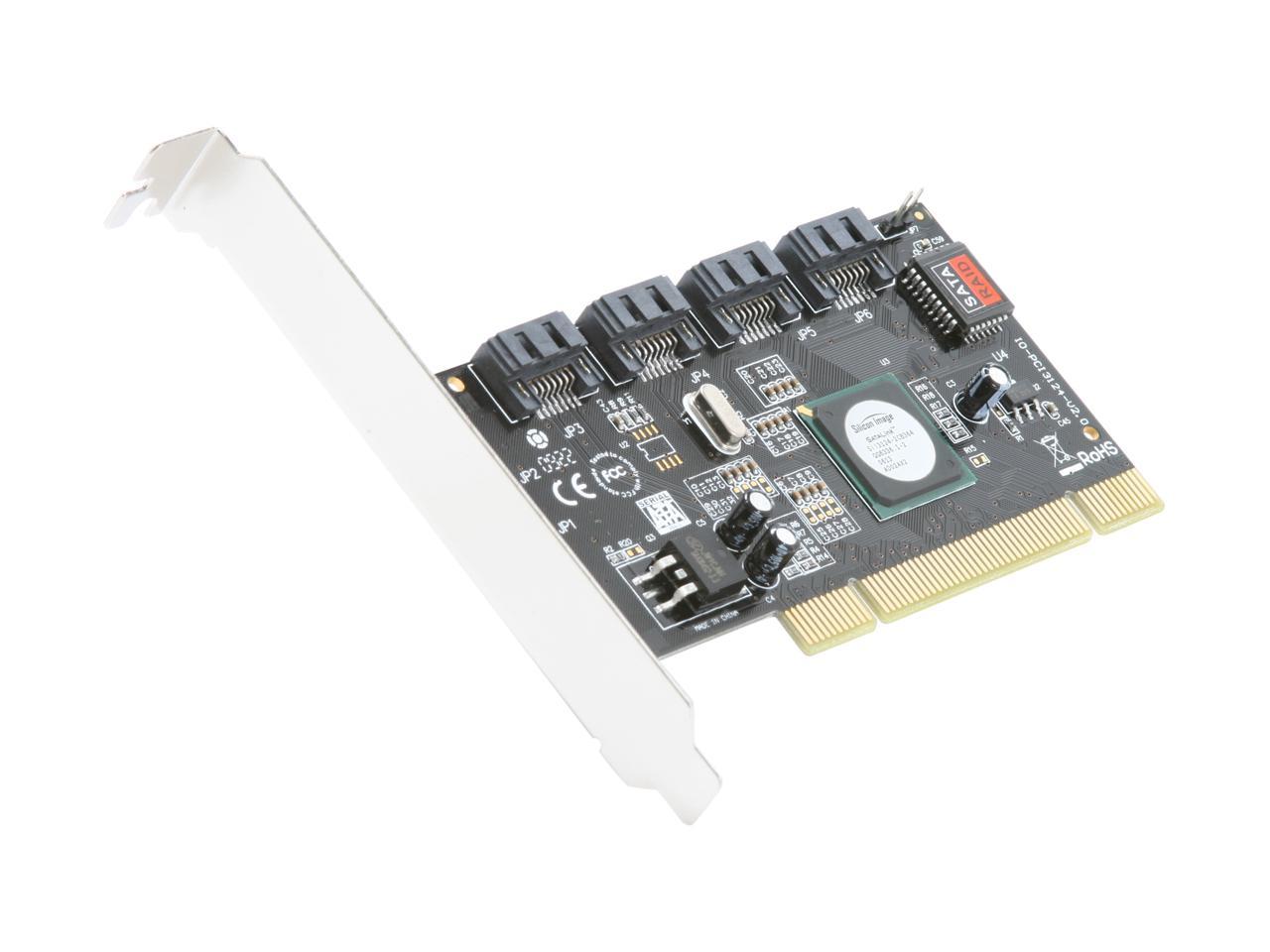

For 0+1 the cost of the array double the cost of the storage you need, for RAID-5 the premium (in drives) is only 1/size of the array.įor a 2 drive (storage space) array, 0+1 costs you 100% more, 5 costs you 50% more. I don't care how cheap drives are, 0+1 gets very expensive, very quick as you go over 2 drives worth of space. So many knowledgeable people on this forum! I just wanted some protection just in case a disk dies, but if for some crazy reason two disks die before I can replace one or my parity data is corrupt then I guess I'll be out of luck. Although I thought parity data is striped across all the disks not just a single disk? Maybe this isn't the case with my controller. I didn't want to use mirrors because seems like a waste of space and a bit overkill of protection for my DVDs. Now that I am done copying all my movies I am pretty satisfied that at least I can stream multiple DVD's over my network without any hickups. I actually work with unix/SANs all day so I am pretty familar with hardware RAID and the unix options, but this is my first time dealing with software RAID so I wasn't sure what to expect. The reason why I didn't go the other routes because I didn't have that kind of hardware laying around. I guess I shouldn't be complaining about my setup because I didn't pay much for it compared to the other setups out there. (A little biased here, I've been a Unix admin for the past 15 years. If you are adamant about running software raid, I would suggest a Sun box with ZFS. If a drive goes bad, the mirror will remain up and running and you have time to replace the bad drive and you won't have a degradation in performance because your mirror is intact. The speed of those calculations will be dependent on the speed of your machine. If you are using software, then it (data transfer) will be far slower which is very likely what you are seeing now. If you are using a true hardware controller, then you are ok. When you run raid 5, calculations have to be done to determine where the redundant data is going to be written. I know that this doesn't directly address your question, but as inexpensive as drives have become over the past few years, why not run raid 0+1? At least that way you won't lose your entire array because you had a drive go south because it happened to also be the parity drive. use an operating system with a decent software RAID implementation (Linux, FreeBSD, NetBSD, Solaris, OS X) and get PCI Express hardwareĮither way, I would not invest any money in PCI storage hardware. Drives without this kind of firmware will hang for awhile in event of a read failure before reporting back the failure drives with it will report the failure much quicker, allowing the data to be read from another drive. Hard drive compatibility is not a big deal for low-end setups the special "RAID" drives have different firmware that has a lower timeout value when data can't be read.

With my current setup, it seems that writing 1 unit of data to the drive requires 1 unit of data to be read for parity recalculation. All RAID operations are performed in the CPU, and this means that lots of data must be transferred over the PCI bus (for parity operations). Your "RAID controller" is really just a serial ATA controller with a fancy driver and a BIOS that will boot an OS. It's possible that you are saturating the PCI bus. The actual calculations performed to do RAID5 are relatively simple and will not use a lot of CPU time.

CPU usage when running at 2.0GHz (Pentium M) is around 10%. (At maximum write, it is using 120 mbytes/sec total throughput.) I haven't been able to get more than 125 mbytes/sec out of that controller, so I suspect that has something to do with it. I experience read speeds of 120 mbytes/sec and write speeds of 60 mbytes/sec. I use Linux software RAID5, with a 5-drive eSATA enclosure and a PCI Express sil3132 controller. Are you using Windows software RAID5? If so, find another solution.


 0 kommentar(er)
0 kommentar(er)
